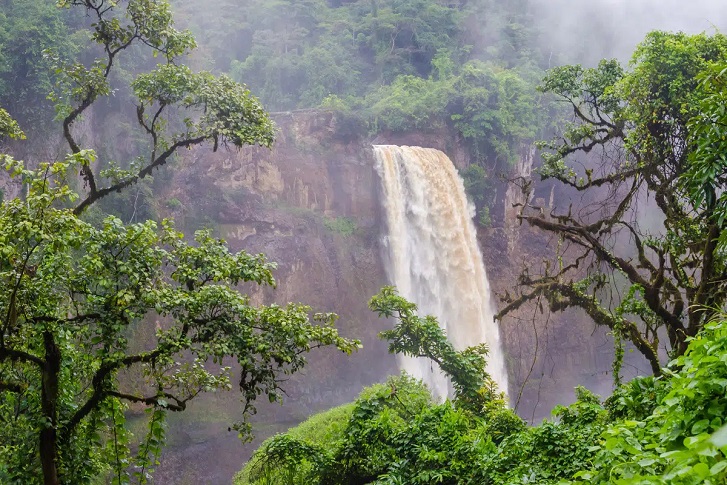11 Dec 2024

Tired Earth
By The Editorial Board

The 15th Conference of the Parties (COP 15) on biodiversity intends to adopt a new roadmap for international biodiversity action for the period 2020-2030. On this occasion, a coalition of countries is speaking out in favour of a target of "30% of terrestrial and marine protected areas" by 2030. The focus is now on Africa, which is home to a quarter of the world's biodiversity.
The promotion of protected areas is the main tool available to states to reverse the decline in biodiversity. According to the International Union for Conservation of Nature (IUCN), the notion of protected area refers to a territory where all the legal standards necessary for its conservation are in place. The general philosophy behind the operation of these protected areas is to ensure the maintenance of biodiversity while allowing people to maintain their traditional way of life.
Noting the crisis facing the world’s ecosystems (degradation of natural environments, disappearance of biodiversity, loss of natural resources, etc.), the 15th Conference of the Parties (COP 15) on biodiversity is using protected areas. The negotiations scheduled for 7 to 19 December 2022 in Montreal, Canada, should lead to a framework agreement that will guide international action, similar to the Paris Agreement on climate change signed in 2015.
The framework agreement includes the 30/30 target. A draft global agreement for biodiversity, aiming to convert 30% of the planet into protected areas by 2030. In recent studies, researchers are much more ambitious and estimate that we should aim for around 44% of the planet’s land area, or some 64 million square kilometres, to take real action against the erosion of biodiversity and the ecosystem crisis.
In addition to the UN’s Aichi Target 11 to protect 17% of the planet by 2020, the estimates in this study are half of those envisaged under the 30/30 target.
In this sense, maintaining Africa’s ecosystems is vital for the planet. Africa is home to a quarter of the world’s biodiversity, according to a report by the United Nations Development Programme (UNDP). The continent is also home to “the largest intact assemblage of large mammals on earth”. A rare biodiversity grouped in the heart of extremely varied landscapes. These landscapes, both marine and terrestrial, include the sand dunes of the Banc d’Arguin National Park in Mauritania, the mangroves of the Casamance in Senegal and the waters of the Bijanos archipelago in Guinea-Bissau.
The African continent is also home to the world’s largest rainforest, after the Amazon. The Congo Basin is not only the “second green lung” of the planet. To protect this major environmental reserve, the states concerned and international experts are seeking to extend the “protected areas”. However, it will be necessary to convince those who see this objective as an obstacle to the deployment of economic development infrastructures.
Source : afrik21.africa
Comment